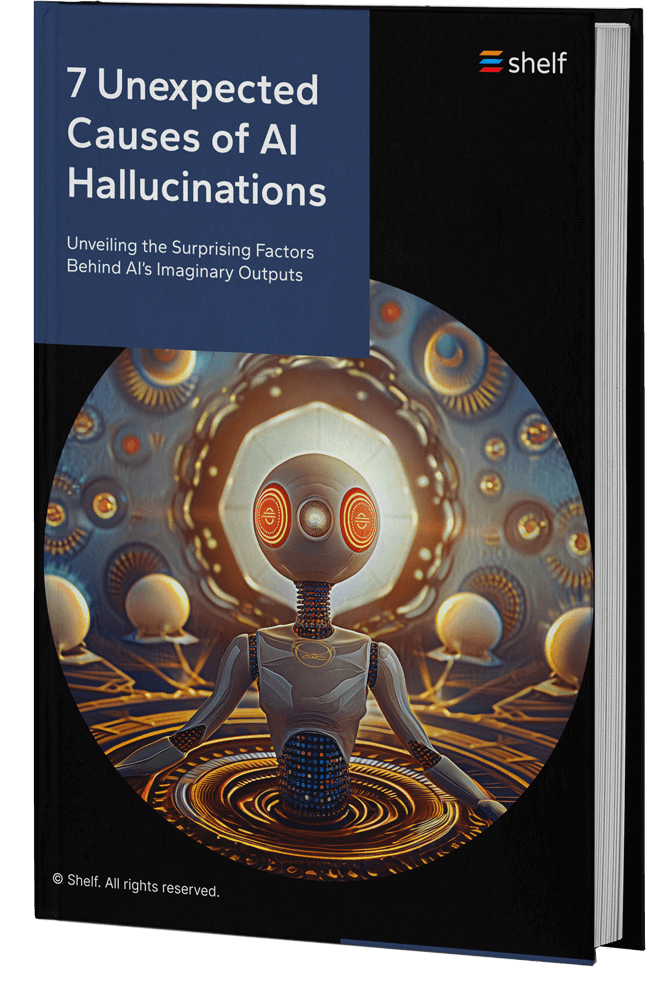7 Unexpected Causes of AI Hallucinations
Unveiling the Surprising Factors Behind AI’s Imaginary Outputs

Get insightful explanations and examples of 7 unanticipated reasons behind AI hallucinations.
About the Guide
Get an eye-opening look at the surprising factors that can lead even well-trained AI models to produce nonsensical or wildly inaccurate outputs, known as “hallucinations”.
Read this eBook to get:
- Insights into often overlooked pitfalls and vulnerabilities that AI systems face
- Strategies to improve the reliability, safety, and trustworthiness of your AI implementations by addressing these unanticipated hallucination triggers
- A deeper understanding of AI’s “blind spots” and potential failure modes
- How to use rigorous testing and monitoring to prevent hallucinations
What You’ll Get:
By understanding these unexpected triggers, you can enhance the reliability, safety, and trustworthiness of your AI implementations.
The article provides strategies to improve an AI’s ability to generalize beyond its training data, maintain coherence across multi-stage processes, avoid regurgitating memorized patterns, and resist targeted exploits. Get a revealing look at AI’s “blind spots” and potential failure modes that are frequently overlooked. Armed with these insights, you can properly test your systems, integrate relevant domain knowledge, and implement robust error-checking to prevent hallucinations from occurring.
















